Website copywriting is in a weird place today.
Even if you’re not super familiar with the field of copywriting, you’ve probably observed the three different levels.
Copywriting used to be the domain of legendary advertising writers like David Ogilvy and Gary Halbert.
The copy was outstanding and still stands the test of time. That makes up the top tier of copywriting.
Now, a lot of copywriting is either outsourced or overlooked. As a result, it’s not always spectacular because it’s not written by people who are passionate about the subject matter.
And right in the middle, there are people like you and me, trying to make awesome copy that converts well.
But there are struggles.
Almost every day, I ask myself, “How can I get from the middle to the very top tier of copywriting?”
I bet you’ve asked yourself that too.
Because you and I are nowhere close to Ogilvy or Halbert.
It might surprise you, but I still study copywriting.
I never had any formal training––I figured it out on my own.
I don’t know everything, but I’ve learned from lots of people who are much smarter than I am, and I’ve honed some copywriting techniques that just work.
And I want to share them with you.
There’s no fluff here. No “hacks” that promise to make your conversion rate jump by 5% today.
Just 5 proven copywriting tips that I’ve used for the last ten years to build my businesses and personal brand.
1. Obsess over benefits
If you want your copy to convert like crazy, you have to be absolutely obsessed with benefits.
Here’s the hard truth about copy: Trying to outsmart your audience just doesn’t work. They’ve seen it all before.
On that same note, it’s harder than ever before to actually get anyone to listen to you.
Every day, every single one of your readers is flooded with advertisements of all sorts.
The average American adult sees 300 ads per day!
And copy is really just another form of advertising.
So why should anyone pay attention to your copy if it’s just another ad?
The answer: Benefits.
Today’s consumer is looking for a solution. If your copy can provide that solution, you’ll earn your audience’s attention.
And while your copy needs to touch on several areas of customer concerns, it especially needs to focus on benefits.
Think about it: A solution is one big benefit. And often, a solution encompasses several benefits.
In short, thinking about benefits puts you in the right frame of mind to write awesome copy.
So let’s get down to business and discuss how you can become more benefit-obsessed.
First, create a value list. Think about the big solution you offer to your users, and then think about all of the smaller benefits you also offer.
Write all of those down in a list.
The idea is that by writing down every benefit, you’ll be able to communicate each benefit more clearly.
It sounds simple, but it really does help to see all the benefits listed out right in front of you.
You might have trouble figuring out how to put some benefits into words. That’s good because it means you’re thinking about it before you do any of the actual copywriting.
Second, know the differences between benefits and features.
Features are not benefits.
That’s incredibly important, so let me repeat it: Features are not benefits.
Features are one-sided. They only describe different aspects of your product or service. Honestly, they can be kind of boring.
You’ve probably seen feature lists like this one all over the place:
Sure, this is useful, but it doesn’t give you any reason to invest in the service.
That’s because features don’t focus on the reader at all. In fact, they’re pretty much all about the company and not the customer.
Benefits are much better than features for several reasons.
For one, benefits help you actually sell your product.
Benefits sell because they’re literally all about the customer. So is it really any wonder why your readers will be more attracted to benefits than features?
When a customer sees all the benefits you offer, he or she is going to start thinking about those benefits in a personal way.
In other words, your customers will apply the benefits to their own lives and visualize how much better off they’d be with your product.
Benefits also make your product sound more appealing than features can.
Take a look at this graphic:
Which side do you prefer? If you’re like most people, you picked the right one.
That’s because benefits give readers a specific and detailed idea of what they can accomplish.
In this example, the benefit-driven copy tells you that you can carry 1,000 songs right in your pocket.
That’s easy for anyone to understand, and you instantly understand why you’d want this device.
But the feature-driven copy isn’t as nice. Many people don’t even know how big a gigabyte is, and some people may not use the term MP3 that much anymore.
Features are what your product has or does. Benefits are how your product makes the user feel, as this image conveys.
You should almost always choose benefits over features. Benefits are more detailed, persuasive, and engaging.
2. Tell a story
There is a serious lack of story in copywriting nowadays.
No, stories aren’t just for fiction writers. They belong in every piece of copy you create, no matter how big or small.
All throughout human history, stories have been used to create deep connections and make sense of the world.
So it’s really no surprise that they’re so powerful.
Just look at how storytelling impacts the brain!
Stories can evoke a variety of potent emotions in readers. A good story can change how someone looks at life and even how they view themselves.
If you leverage the power of story in your copy, you’ll be able to create those strong emotional connections and make your offer irresistible.
To understand how to do this, let’s take a look at exactly what makes up a story.
Simply put, a story is a transformation.
All of the best stories involve some sort of radical change in one of the characters.
In this case, your reader is the character. (Ideally, you should have a buyer persona.)
We’re dealing with a specific type of character here: a dynamic character.
Dynamic characters change over the course of the story.
The change happens when the character (your reader) realizes that he or she has an opportunity to have a better life (by choosing you).
See what I’m talking about?
Your reader learns about the change that’s possible only with you.
But don’t worry. You don’t have to be a literature expert or veteran author to create a good story.
In fact, it doesn’t even have to look like a traditional “story” at all.
You can weave your story into all of your content by using little story snippets here and there. You don’t have to write out every little detail.
Let me show you what I mean.
Here’s a great use of story in a landing page:
When you read that headline, you realize that there’s a better way to watch movies. That could improve your life by helping you waste less time on bad movies.
It’s not a full story, but it has all the effects of one.
Or how about this example:
Again, when you read the headline, you realize that you can change the way you do email.
The implication with this example is that you could be more efficient with your inbox.
Let me show you one final example:
This is a cool use of story.
First, you read the headline and get a sense of the benefit you could get with Periscope.
Wouldn’t it be fun to see life from someone else’s perspective?
Then, you see the app, which helps you understand exactly what Periscope has to offer you.
Here, it’s showing a hot air balloon. You may never get a chance to ride in a hot air balloon (or you just might not want to), but with Periscope, you can experience it right on your phone.
Together, these two elements (the headline and the image of the app) create a story.
Like I said, it doesn’t have to be complex.
You just need to give readers a look into the change that’s possible with you.
3. Write for the reader who scans
You probably read a lot less online content than you think you do.
What I mean is that you probably don’t thoroughly read much at all. If you’re like 79% of users, you scan.
That’s no typo. As much as 79% of your readers aren’t actually reading your content.
This phenomenon has been documented over and over again with surprising consistency.
In fact, there’s been so much research on this topic that you can predict with accuracy how your visitors are going to read your content.
The bottom line is that they don’t read much.
So we know that people scan online content, and we know how they scan.
This knowledge has major implications for copywriting. It tells you exactly where to put your focus.
We can learn a few important things from all of this.
First, put extra effort into your headings and subheadings.
Readers tend to pay more attention to headings and subheadings more than any other content on the page.
That makes sense. Headings and subheadings stand out the most.
Now I’m going to throw another interesting fact at you: It’s common among scanners to read only the first sentence of each paragraph.
With that in mind, you should write content so that readers can get a complete idea of what you offer just by reading the headings and subheadings.
Check out this page:
Even though there are lots of small paragraphs, you only need to read the subheadings to get an idea of what the services are.
This is ideal for scanners, and it also makes your content more readable overall.
So does all of this mean you should only care about headings? Not at all.
You should still put a ton of effort into everything you write, but put even more effort into your headings and subheadings.
Second, make the important sentences bold.
Sometimes, you’ll have a sentence or two that you really want people to remember, and it’s not always fitting to turn a sentence into a heading or subheading.
The solution: Make important sentences bold.
Bold text catches the eye. It almost acts like headings because it can direct the reader’s’ attention.
In this example, most readers would look at the image, then the heading, and then the bold text.
Third, start your headings and main sentences with action words.
Power words tend to capture people’s attention in a big way.
Sure, most readers don’t actually read. They scan.
But if you can start each sentence or heading with a power word, you might be able to capture their attention.
That’s why you should start your headings and important sentences with action words or power words.
These types of words catch people’s attention more, so you’re more likely to keep readers interested if you can hook them in the first place.
4. Tackle objections
Most of the people who see your content won’t be ready to convert.
They might be anywhere in the buyer journey.
But unless they’re at that final stage, your readers are going to have some objections.
It’s your job to address those objections head-on. You don’t want your readers to have a doubt in their minds about the benefits you offer.
The first step is to determine the specific objections your audience might have.
Sending surveys is a great way to get this information.
I like to use Qualaroo. Their software gives you an easy way to get insight into customers’ fears.
Once you’ve gained a good amount of feedback, you’re ready to write copy that tackles the main objections people have.
Addressing objections is all about providing solutions to customer problems. You can also think of it as providing answers to questions.
You want to remove as much doubt as possible by being explicit and detailed about the benefits you can offer readers.
Here’s a great example of copy that covers a bunch of objections in a really compelling way:
This copy leaves no stone unturned. It proves that this service is for all kinds of marketers, no matter how much or how little experience they have.
Every part of your copy, including your headline, should provide your solutions to customer objections.
Here’s a little video I put together to talk about this:
5. Use “you”
So far in this article, I’ve used the word “you” (or variations like “you’re”) over a hundred times.
“You” is a powerful word.
It speaks directly to your reader.
Talk about personalized language.
It’s often considered one of the best power words and for good reason. It breaks down walls and makes an immediate connection with the reader.
Every time you say “we” or “us,” you’re losing out on an opportunity to make that connection.
“We,” “us,” and other similar words are selfish.
The harsh truth is that your readers don’t care about your product. Not really.
They care about how your product will help them live a better life.
That’s why “you” is so powerful. It makes the reader feel special, and it makes the copy sound personal.
At the end of the day, business is all about the customer.
Consider this article. It sounds like I’m having a conversation with you, right?
That’s the power of “you.”
Of course, writing super direct and personal copy is easier if you regularly communicate with your audience and get to know them better.
Conclusion
Copywriting can be intimidating. There’s no doubt about it.
I’ve talked with thousands of copywriters and marketers who ask me for advice on improving conversion rates.
I always talk about copywriting because excellent conversion rates are the result of excellent copy.
That’s where these 5 techniques come in.
These are all strategies I’ve personally used to write high-converting copy. Whenever I write new copy, I use all 5 of these techniques so my writing is the best it can possibly be.
You don’t need to be Shakespeare to create amazing copy. You just need to keep your users in mind.
Build these techniques into your copywriting. Your copy will improve, your customers will be happier, and your conversion rates will be higher.
Which of these techniques is your favorite? Did I miss any cool ones that you like to use?

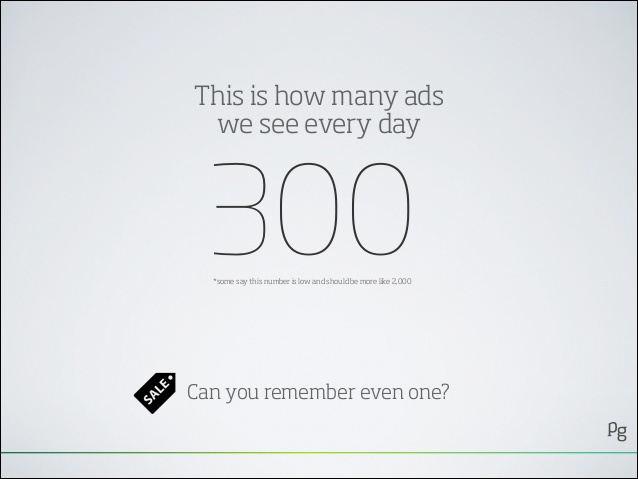
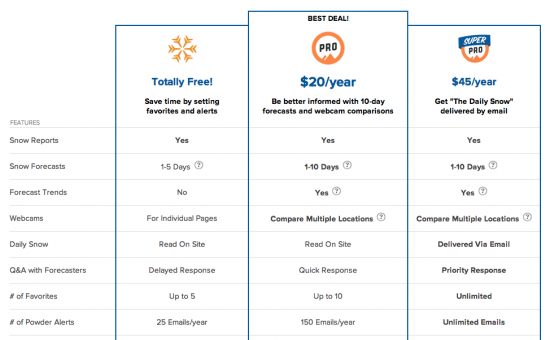
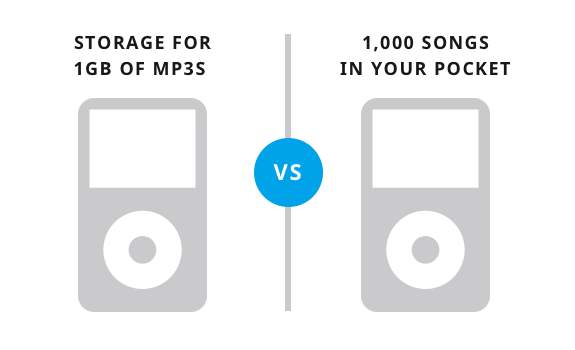
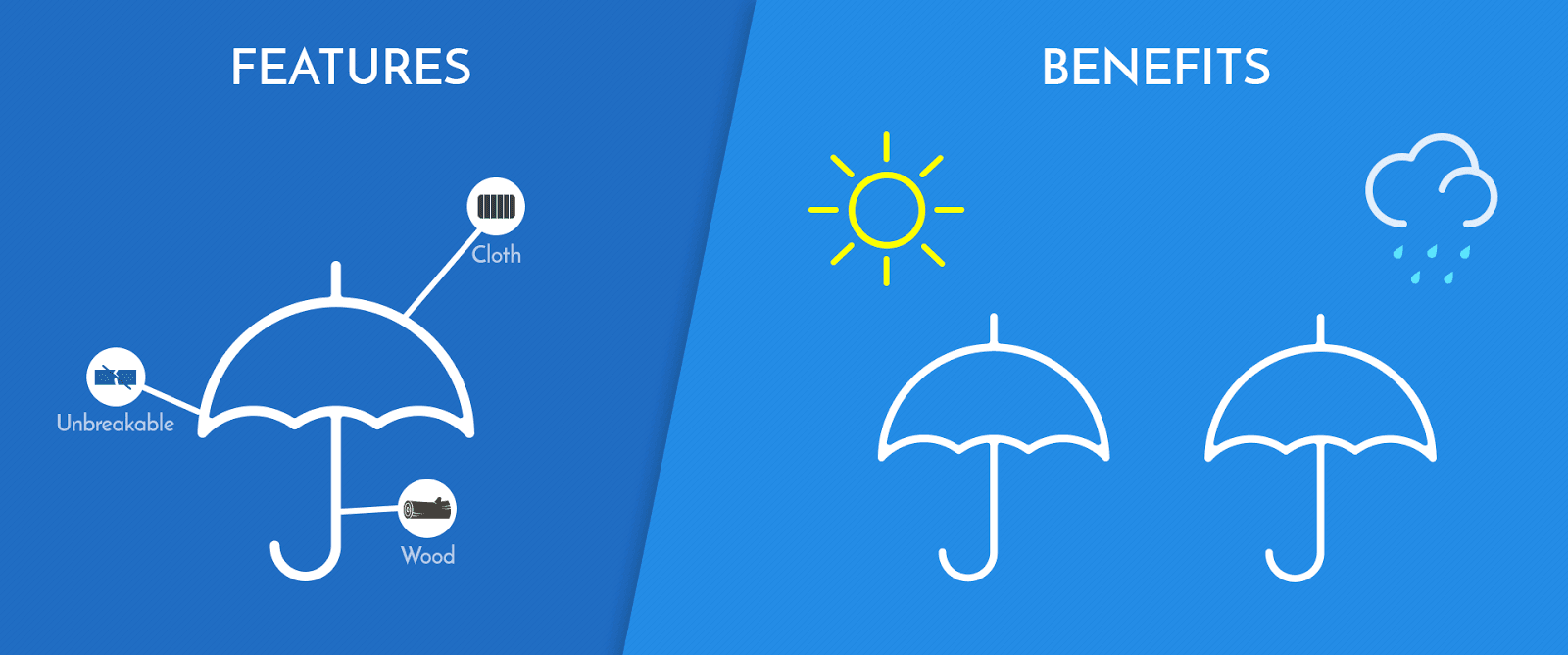
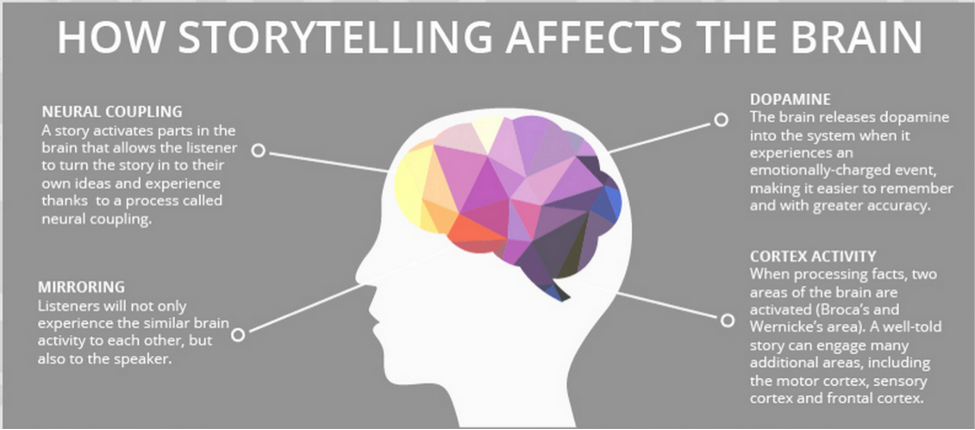
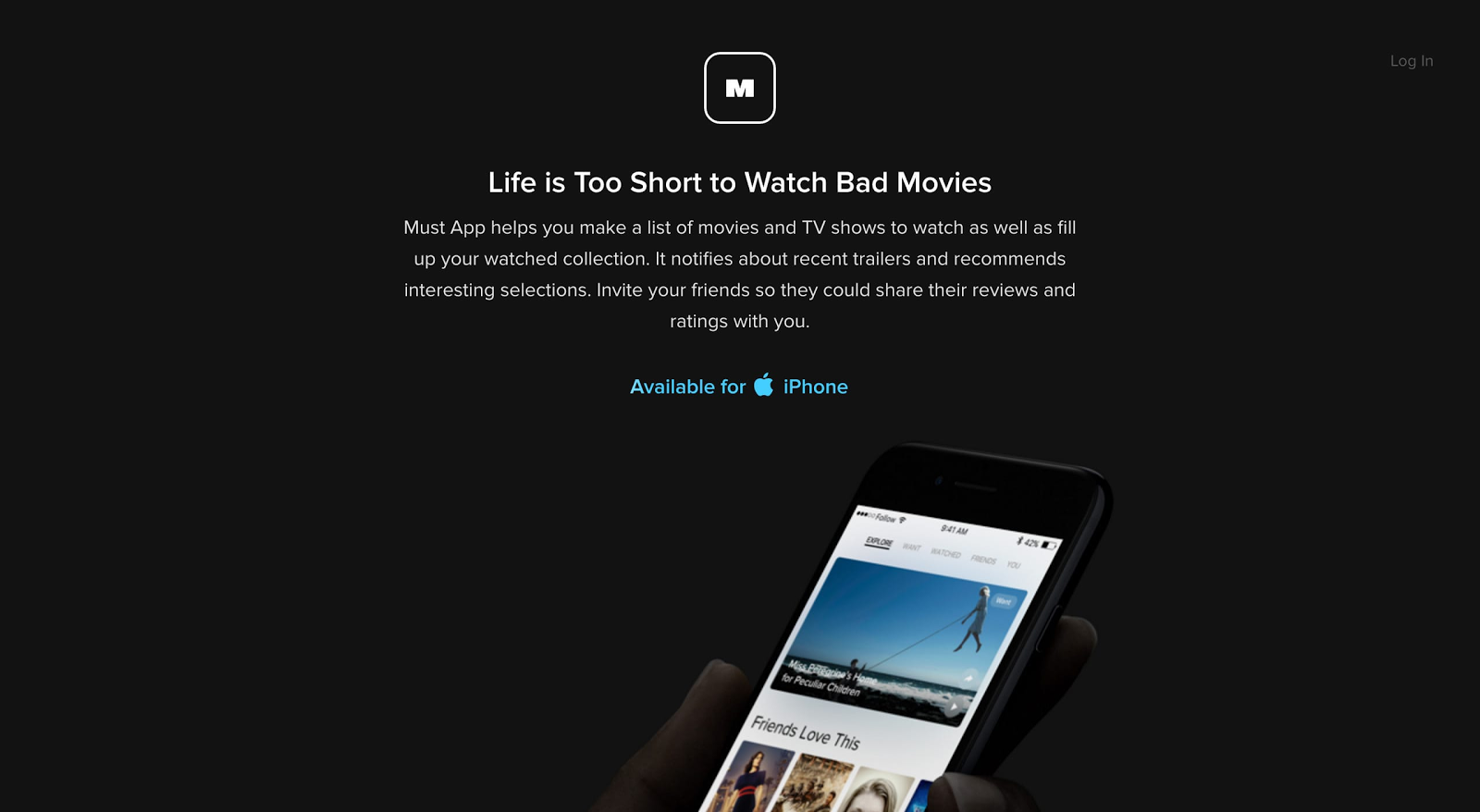


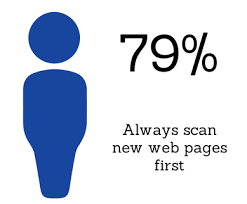
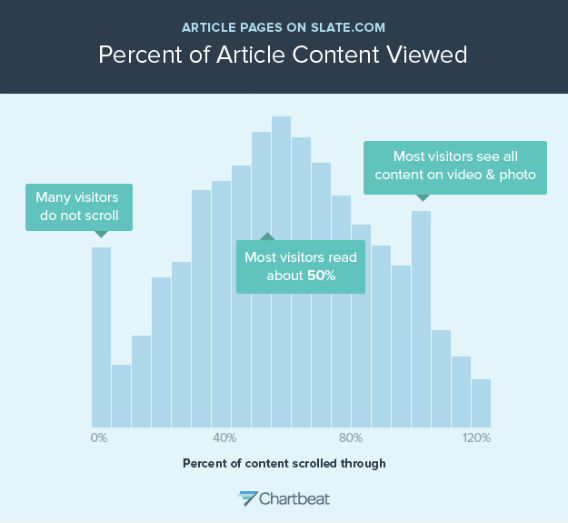
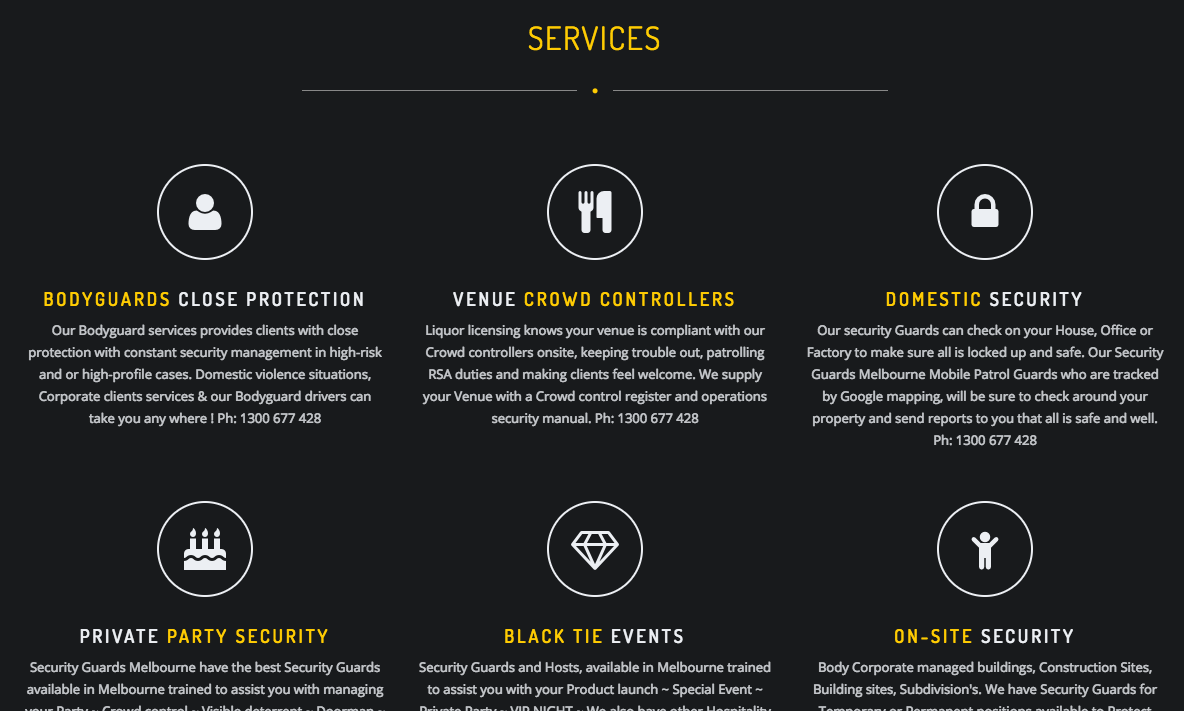
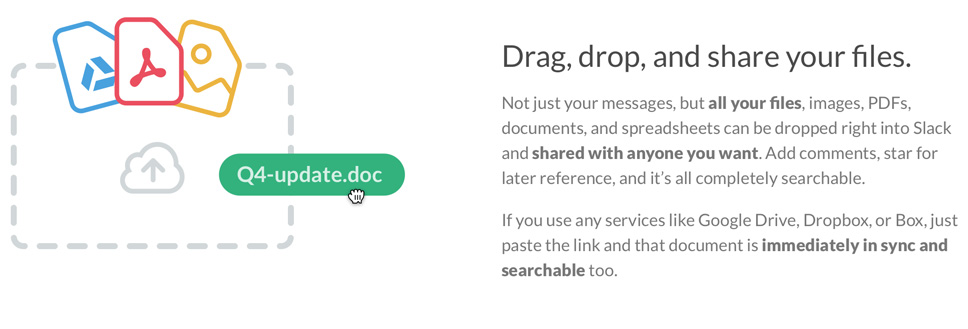
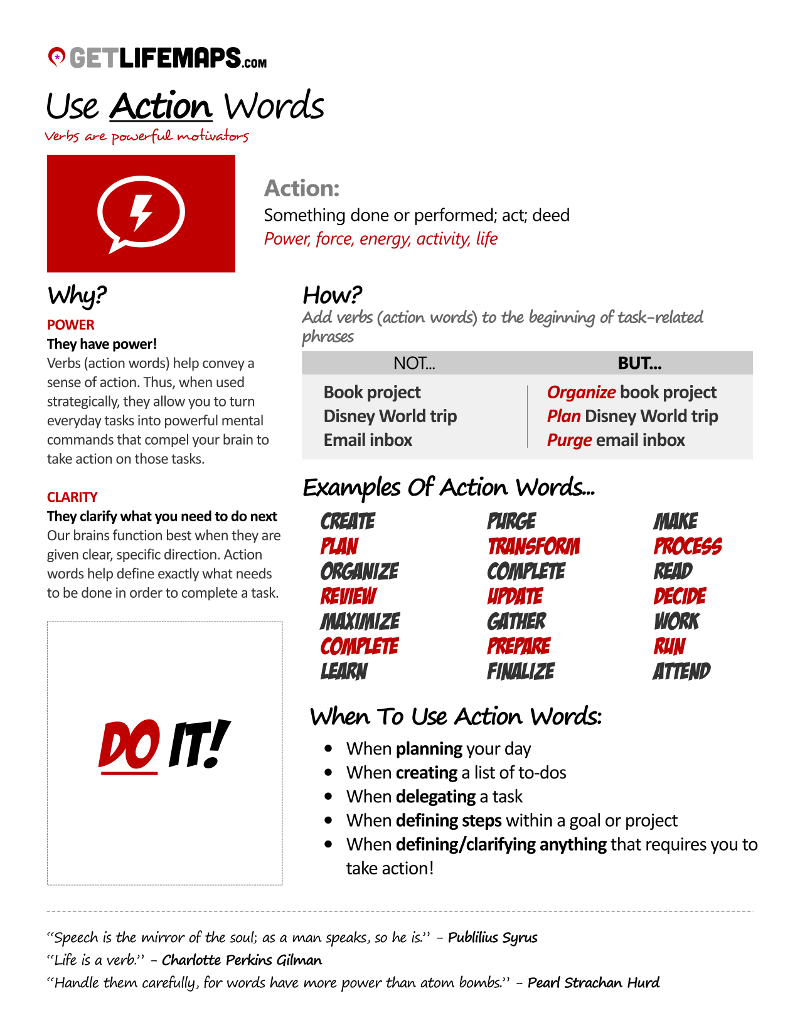
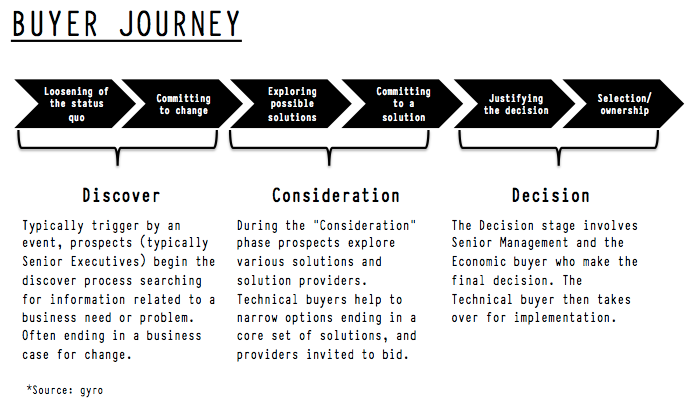
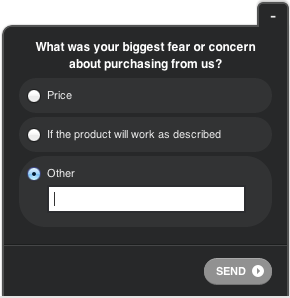
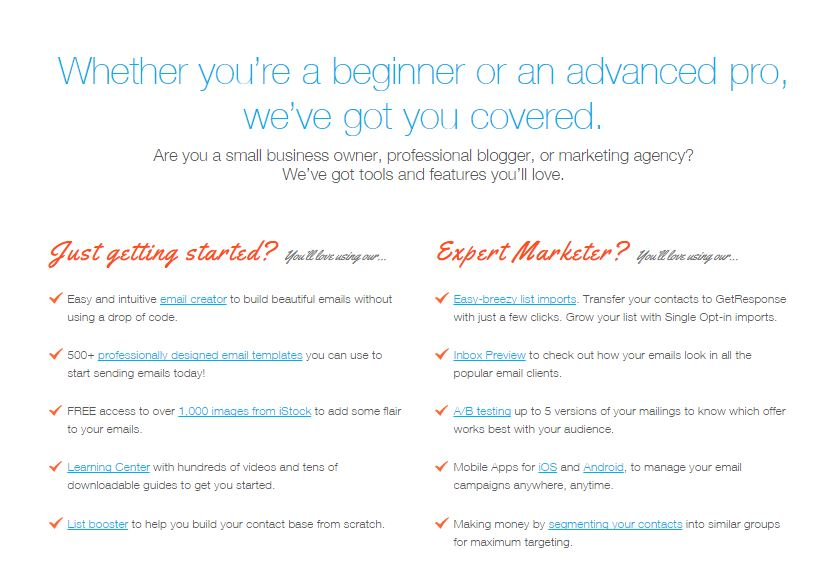
Comments (22)